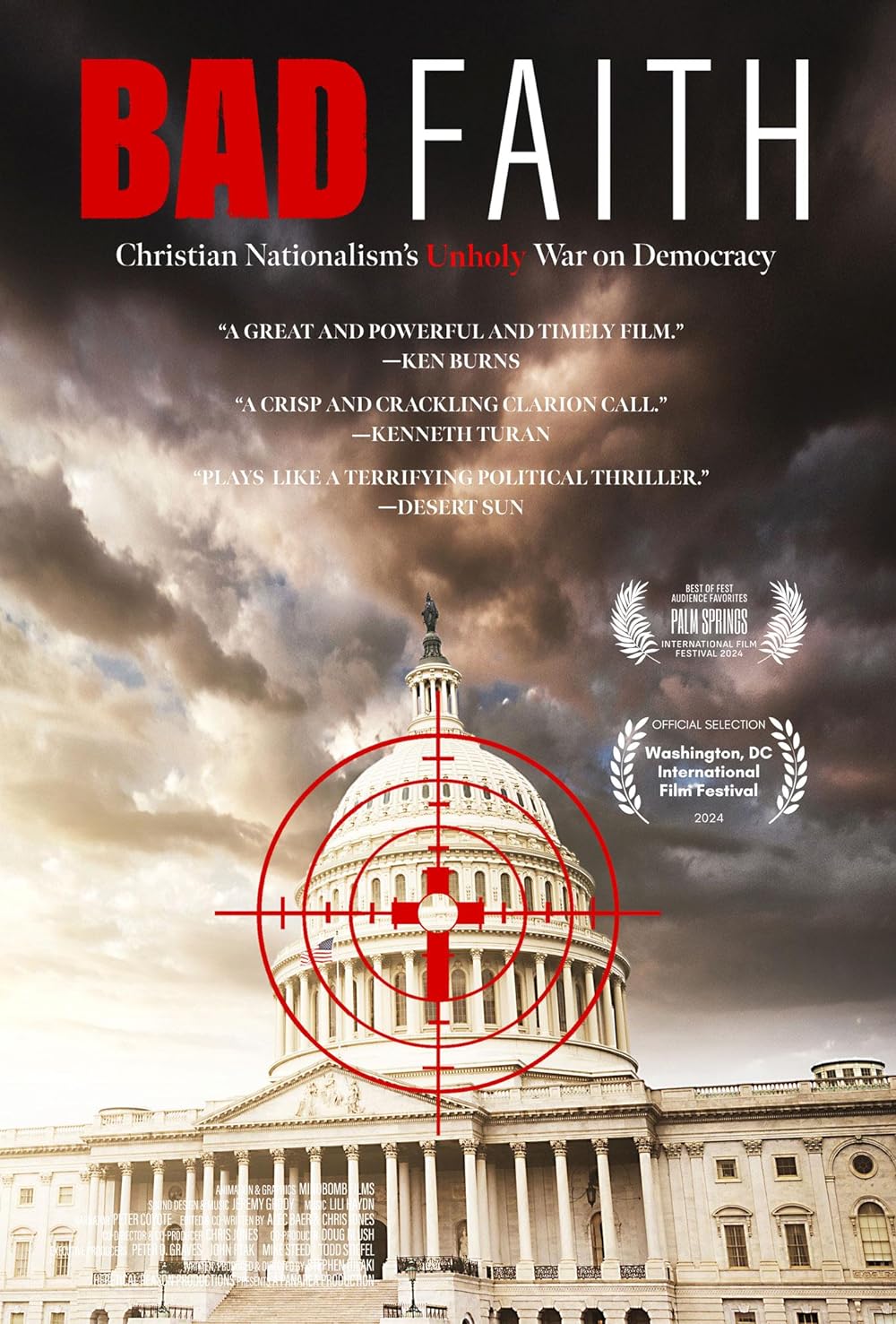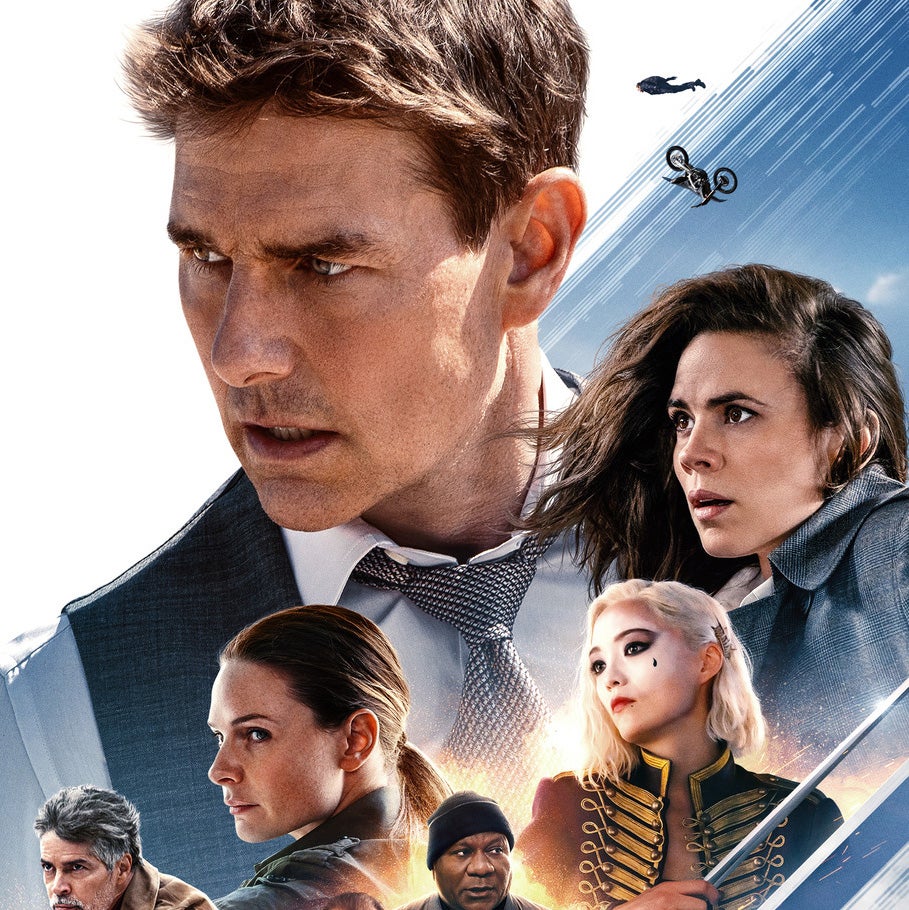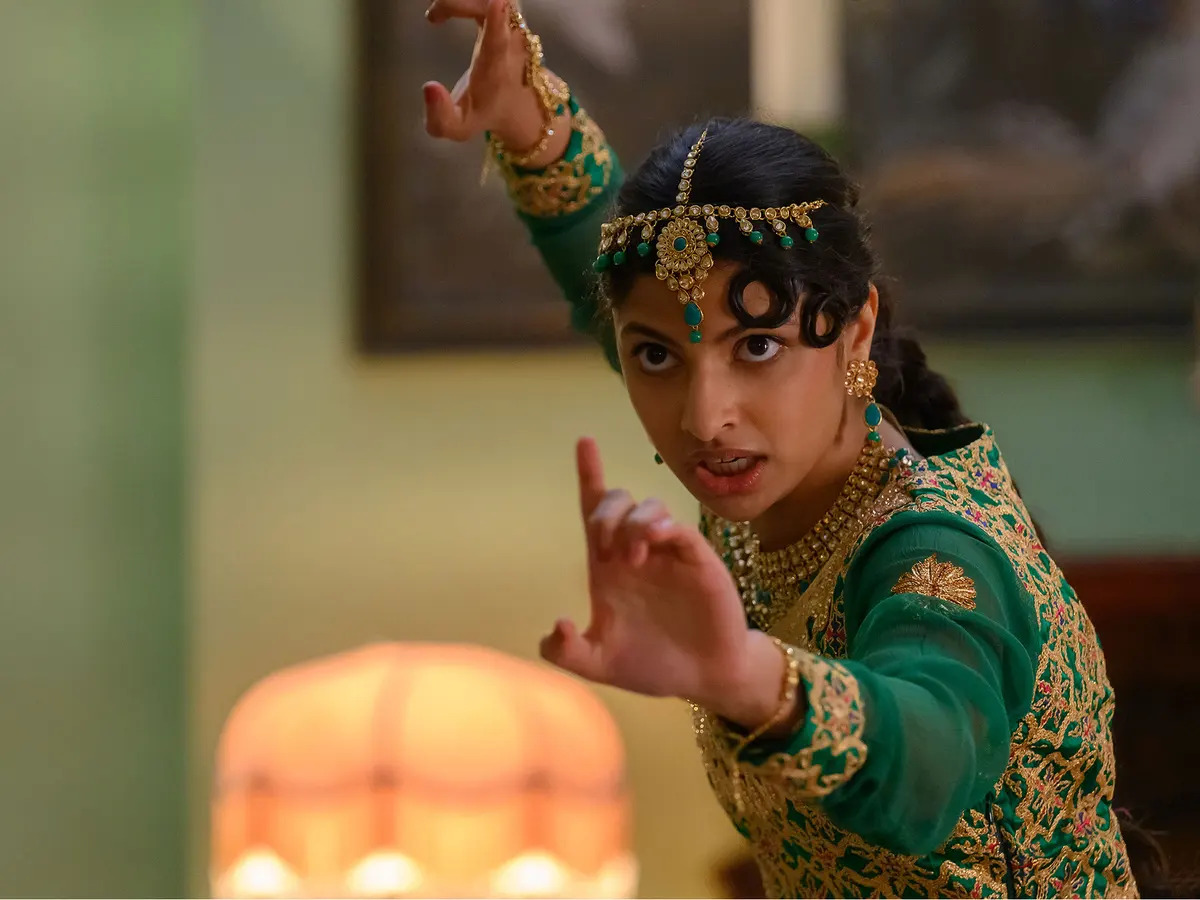Something’s Gotta Give
Posted on December 9, 2003 at 7:09 pm
This delightful romantic comedy is the ultimate middle-age woman’s fantasy — not the part about being romanced by Keanu Reeves and Jack Nicholson, just the part about being Diane Keaton.
Keaton plays Erica, a successful playwright with a beautiful house in the Hamptons. She is self-sufficient, or, as Harry (Nicholson) says, she is flinty, impervious, and formidable. Harry, who only dates women under 30, is seeing Erica’s daughter Marin (Amanda Peet). But as they start to have sex for the first time, at Erica’s house, Harry has a minor heart attack. And when he gets out of the hospital but is not able to go back home, he ends up moving in with Erica. She turns out to be the kind of flinty that sets off some sparks, not just with Harry but also with Julian (Keanu Reeves), his doctor.
Erica and Harry have a lot in common, beyond being from the same generation and needing reading glasses. They both stay up very late and sleep very little. They both hide their sensitive souls and protect their vulnerable hearts.
The characters may use cell phones and instant messaging, but at its big, gooey heart, this is a very old-fashioned romantic comedy with a traditional boy meets girl (well, man meet’s girl’s mother)/boy looses girl, boy, well, you know the rest, including that romantic comedy staple: boy makes a painful apology. In this case, many of them.
Writer/director Nancy Meyers (What Women Want) is as organized and in her own way as formidable as her main character and the movie is solidly constructed, which is both good and bad. Meyers is a little too mistrustful of her audience. Just in case we might miss something, Erica wears a lot of white and Harry wears a lot of black and when they go walking on the beach, Erica picks up only the white stones until Harry gives her a black one. They wear each other’s glasses. We get it, we get it, they are learning to see through each other’s eyes.
Meyers is also a little too lazy. Though there are plenty of laugh lines, in at least two scenes where the audience wants and deserves to hear the conversation between the characters, she cheats us by playing a song instead of giving us any dialogue. The movie is overly plotted and too long but still manages to leave us feeling that we did not find out enough about Marin, Julian, and one of the movie’s most appealing characters, Erica’s sister (Frances McDormand).
But Keaton and Nicholson are just so much fun to watch that none of that really matters very much. They say that after age 40 all of us get the faces we deserve, and Diane Keaton deserves and gets a very nice face indeed (also a magnificent figure, in a completely unnecessary but highly impressive brief nude scene). This is her best performance since Annie Hall, very smart, wickedly wise, and extremely funny. Nicholson holds nothing back and clearly has a lot of fun spoofing his own reputation. Would-be actors should spend hours just studying the crying scenes in this movie. That’s a very tricky business, especially in a comedy, and these pros manage superbly. Reeves is sweet, sincere, and sexy, Peet brings a great deal to an under-written character, and McDormand is so good that you will wish for another movie just about her character.
Parents should know that this movie is at the R-end of the PG-13 range, with very strong language, brief full frontal nudity and a bare behind, and explicit sexual references and situations. There are jokes about Viagra and menopause. Characters smoke and drink and one gets tipsy. There are some tense situations.
Families who see this movie should talk about why Harry, Marin, and Erica have walled themselves off from romantic involvement and why that changes. How do Julian’s feelings about Erica help her accept her feelings about Harry? Did her ex-husband’s new relationship affect her feelings? Do you think that the movie’s writer/director Nancy Meyers was doing in real life what Erica does in the movie, writing what she wished would happen? What makes you think so?
Families who enjoy this movie will also enjoy other movies with similar themes (and similar wonderful performances by mature actresses), 40 Carats with Liv Ullman and Cactus Flower with Ingrid Bergman. And everyone should listen to the magnificent Johnny Mercer song about that inspired this movie’s title, originally heard in the Fred Astaire movie, Daddy Long-Legs.






